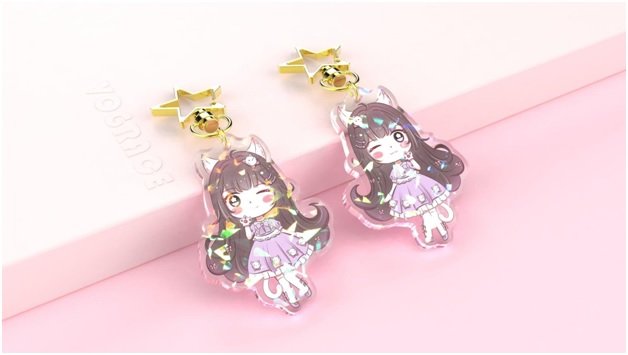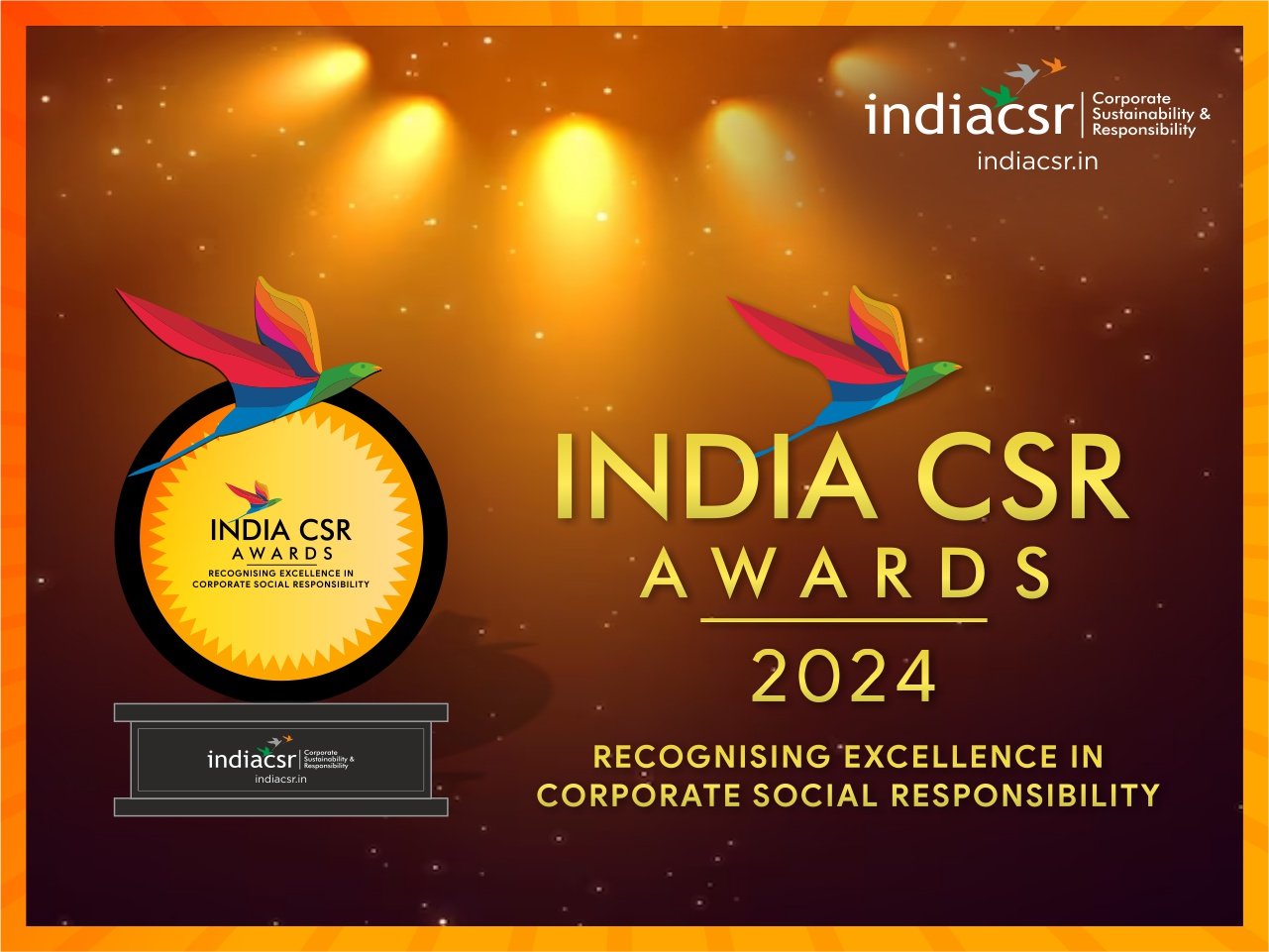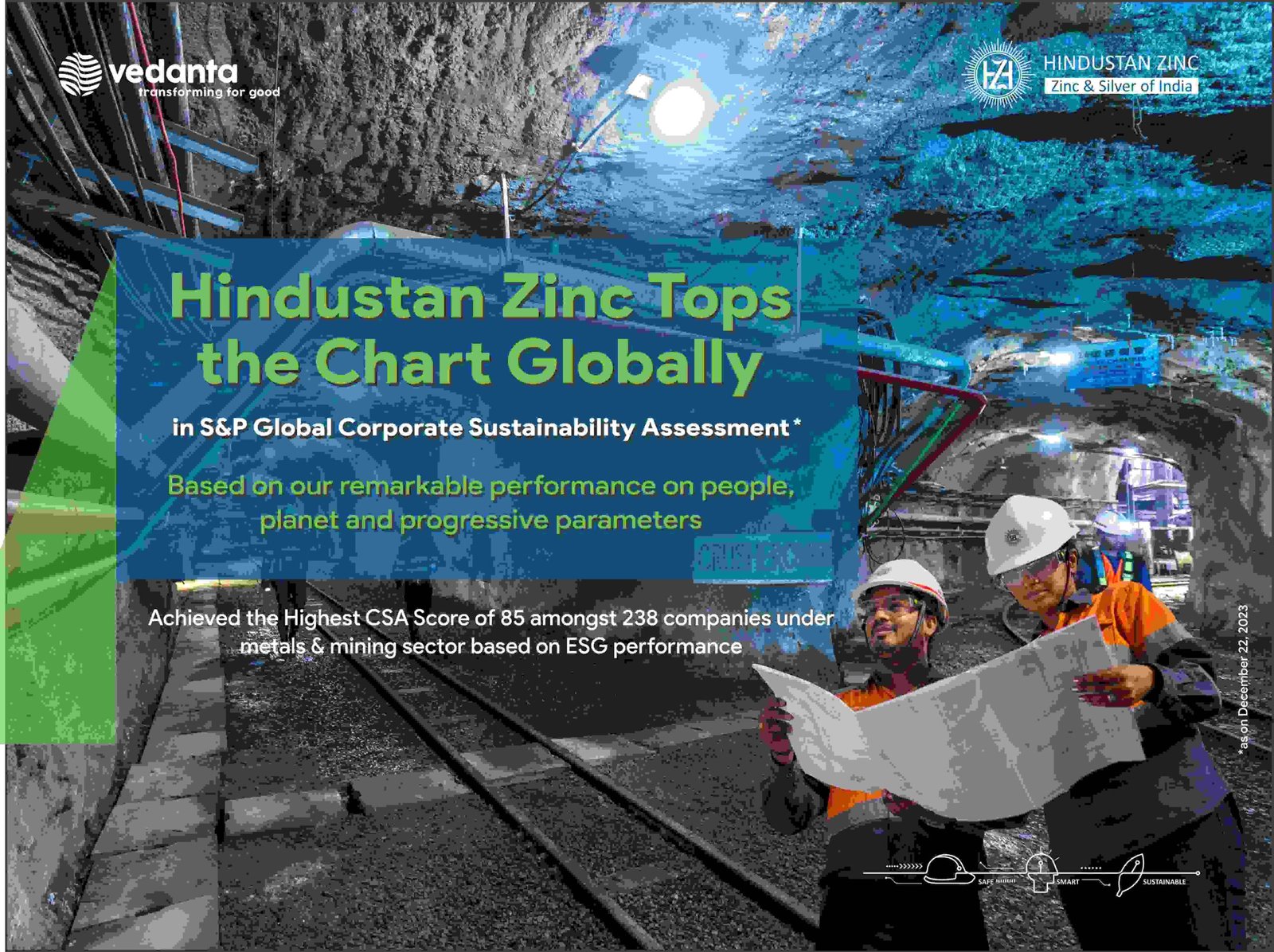
Words Abdul Rahman
Acrylic keychains have become a popular accessory, serving both functional and aesthetic purposes. They offer a platform for personalization and expression, making them a sought-after item for individuals and businesses alike. However, the cost to manufacture acrylic keychains involves various factors that contribute to the overall production expenses. In this article, we delve into the intricacies of the cost breakdown for manufacturing acrylic keychains in a factory setting.
Raw Materials
At the core of acrylic keychain production lies the raw material which are acrylic sheets. These sheets come in a spectrum of thicknesses, colors, and qualities, each affecting the cost per unit. Additionally, auxiliary materials such as keychain rings, connectors, and adhesives play a supporting role, further diversifying the raw material expenses.
Design and Development
Before the hum of machinery fills the factory floor, there’s the silent brainstorming of design concepts. From initial sketches to digital renderings, the design and development phase requires creativity, technical prowess, and iterative refinement. Costs incurred during this stage encompass labor for designers, software licenses for design programs, and any outsourced services for complex design elements.
Machinery and Equipment
The heartbeat of acrylic keychain production reverberates through specialized machinery and equipment. Laser cutting and engraving machines form the backbone of the manufacturing process, meticulously shaping acrylic sheets into desired forms. Auxiliary equipment, including polishing machines, heat presses, and molds, further enrich the machinery landscape, albeit at additional capital and maintenance costs.
Labor Costs
Behind every precision cut and polished finish stands the skilled hand of factory workers. Labor costs encompass wages, benefits, training programs, and overhead expenses associated with employing personnel. From machine operators to quality control inspectors, each role contributes to the seamless orchestration of production activities.
Utilities
Powering the machinery and maintaining a conducive working environment necessitates a steady supply of utilities. Electricity fuels the laser beams, water cools the cutting blades, and gas regulates temperature control systems. The cost of utilities fluctuates with consumption levels, energy tariffs, and seasonal variations, adding a dynamic dimension to the cost equation.
Packaging
The journey of an acrylic keychain extends beyond the factory gates, traversing miles to reach its final destination. Ensuring safe passage requires meticulous packaging, comprising materials such as cardboard boxes, bubble wrap, and protective sleeves. Printing or labeling adds branding finesse, while labor for packaging ensures each keychain is snugly nestled for transit.
Quality Control
Maintaining impeccable quality standards is non-negotiable in the realm of acrylic keychain production. Quality control measures encompass inspections at every stage of the manufacturing process, identifying and rectifying deviations from specifications. Costs associated with quality control include labor for inspectors, rework expenses for defective units, and investments in quality assurance technologies.
Transportation
The logistical ballet of transporting raw materials to the factory and ferrying finished goods to distribution hubs requires meticulous planning and execution. Transportation costs span freight charges, fuel expenses, vehicle maintenance, and any fees levied by logistics partners. The efficiency of transportation operations directly impacts the overall cost competitiveness of acrylic keychain production.
Overheads
Beyond the whirring machinery and bustling production lines lie the administrative pillars that uphold the factory’s operations. Overheads encompass rent or mortgage payments for the facility, insurance premiums, property taxes, and administrative expenses. These fixed costs form the backdrop against which the dynamic elements of production unfold.
Marketing and Distribution
Breathing life into acrylic keychains entails more than mere production; it necessitates strategic marketing and distribution efforts. Marketing expenses encompass advertising campaigns, promotional materials, and brand collaborations aimed at amplifying product visibility. Distribution costs encompass the infrastructure and logistics required to deliver customized keychains to retail outlets or directly to consumers.
Compliance and Regulations
Navigating the labyrinth of regulatory frameworks and industry standards is imperative for manufacturers. Compliance costs encompass obtaining certifications, conducting product testing, and documenting adherence to regulatory requirements. Any modifications required to meet evolving standards add further layers to the compliance cost structure.
Research and Innovation
Stagnation is the antithesis of progress in the competitive landscape of acrylic keychain manufacturing. Research and development initiatives fuel innovation, driving advancements in materials, processes, and design aesthetics. Costs associated with research and innovation includes experimentation, prototype development, and investments in emerging technologies.

Waste Management
Production processes inevitably generate waste, necessitating robust waste management practices. Waste management costs encompass collection, segregation, treatment, and disposal or recycling of waste materials. Compliance with environmental regulations adds a regulatory dimension to waste management, influencing cost considerations.
Supply Chain Management
The intricate dance of the supply chain requires meticulous orchestration to ensure a seamless flow of materials and components. Supply chain costs encompass sourcing raw materials, negotiating prices with suppliers, and managing inventory levels. External factors such as market volatility and geopolitical events can introduce unpredictability into the supply chain, necessitating agile responses to mitigate risks.
Economic Factors
The economic landscape serves as the backdrop against which production costs fluctuate. Factors such as inflation, currency exchange rates, and geopolitical instability can exert profound influences on production expenses. Navigating these economic currents requires foresight, adaptability, and strategic planning to safeguard profitability amidst volatility.
Conclusion
The cost to manufacture acrylic keychains in a factory involves a multifaceted breakdown encompassing raw materials, labor, machinery, overheads, and various other factors. Understanding these cost components is essential for manufacturers to optimize efficiency, maintain quality, and make informed decisions regarding pricing and resource allocation in a competitive market landscape.
About the Author

Abdul Rahman is a prolific author, renowned for his expertise in creating captivating content for a diverse range of websites. With a keen eye for detail and a flair for storytelling, Abdul crafts engaging articles, blog posts, and product descriptions that resonate with readers across 400 different sites. His versatile writing style and commitment to delivering high-quality content have earned him a reputation as a trusted authority in the digital realm. Whether he’s delving into complex topics or simplifying technical concepts, Abdul’s writing captivates audiences and leaves a lasting impression.




























